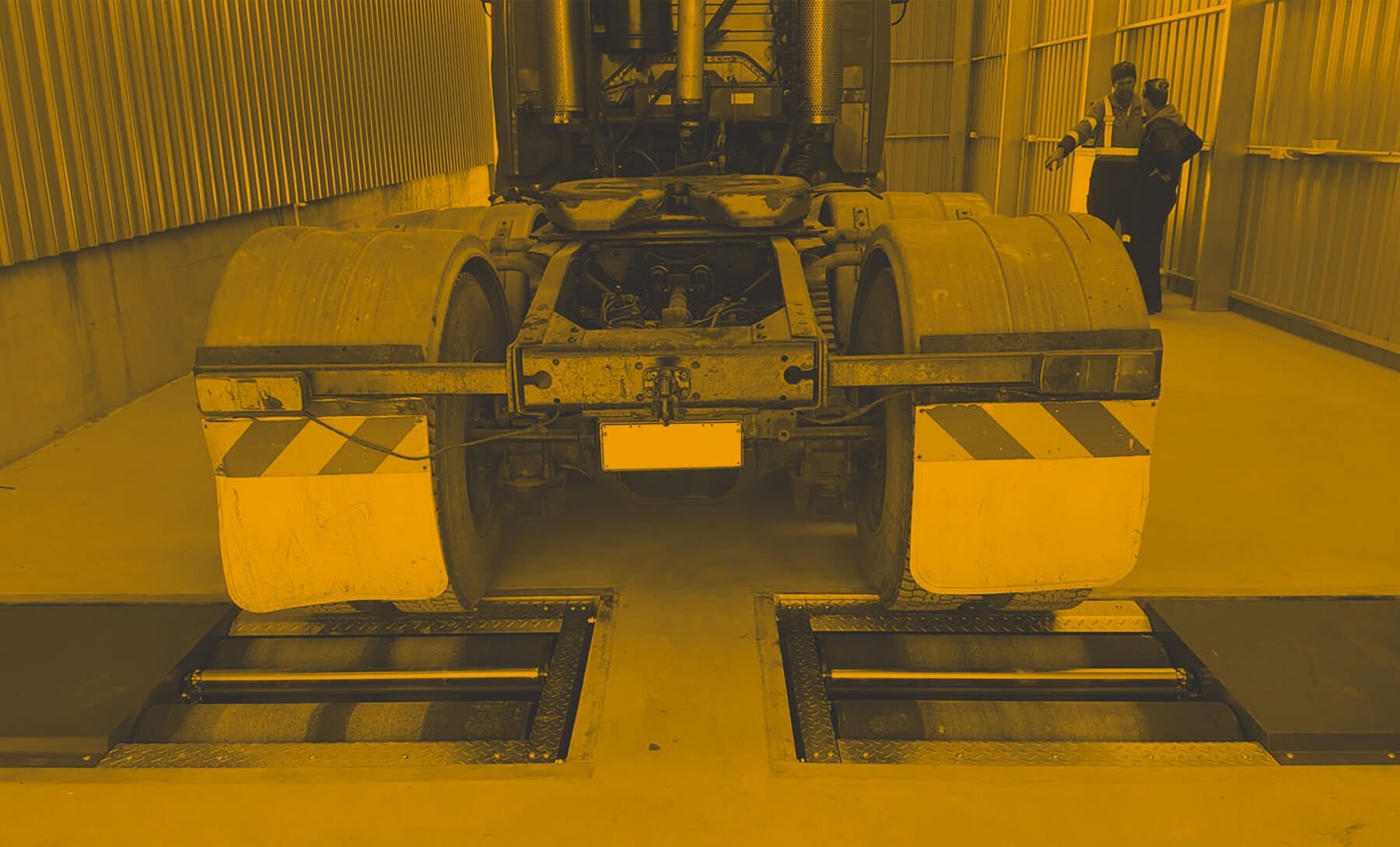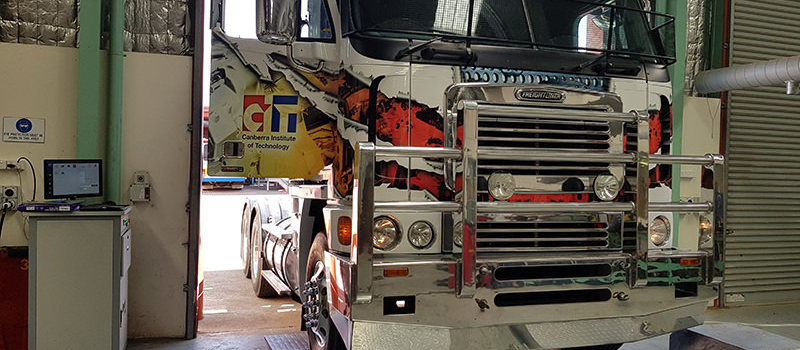By David Hyland
“Long overdue” is the call from many in the Heavy Vehicle Industry to the changes that the NHVR have implemented with their new HVNL Program. It is the great leap forward as we have seen many efforts that have failed to get off the ground in the areas of Truck testing and maintenance over the last few decades. But is it far enough? When you have a close look at other countries and their testing regimes we are far behind.
From a compliance point of view this is a new benchmark. Chain of responsibility law which has been around for a very long time now has a place in almost every business. The penalties are too harsh to ignore and this finally means that safety is the number one priority for all of the transport companies in Australia.
Roller Brake Testing is the industry standard in Europe and even just over the ditch with our friendly neighbours New Zealand. These countries and their heavy vehicle industry rely on it to enforce regulations and as a major diagnostic tool in their everyday operations. There seems to be a current debate about this in Australia as to which test technology is best but the facts are clear. Roller Brake Testers produce the most consistent and reliable results worldwide. The European experience shows us over many decades that Roller Brake Testers are the industry standard and are an invaluable tool when it comes to brake testing of all vehicles whether they be heavy or light duty. It still is amazing that a small country like New Zealand is so far ahead of us here in Australia when it comes to heavy vehicle testing.
Europe have been testing for the last 20 years they have had the system of load simulation to test unladed trailers to give testers a high degree of test accuracy. Artificially increasing the trailers weight to give a true “road like’ test where the load is similar to what would actually be carted. The European Authorities are now taking this further by stating at the 1st of January 2020 that axles of commercial vehicles must be tested with a minimum statutory brake pressure of 1.7 Bar. More weight/pressure equals a more accurate test. This is normally achieved via a pulling down of the vehicle onto the tester but the latest technology in Europe is for the roller brake tester box to be hydraulically lifted from the cut out in the floor to artificially force more weight onto the axle.
This is the only efficient and accurate way to truly test unladed trailers. I believe that load simulation is the next logical step for the NHVR as it will solve the major problem of trailers being too light to test when not in service. You can of course bring them in loaded or add weight to them but this is a hassle as some loads are not suitable for this e.g. Fuel Tankers. This is does not take into account the waste of workshop time and safety issues adding and removing the load on the vehicle. It needs to be an efficient simple process which load simulation provides.
Mechanics and testers also need an Ovality/Drag guideline or benchmark. Although this is not a test that the NHVR are currently interested in from a compliance point of view, I believe this needs more focus. This is a very important diagnostic tool for the modern efficient workshop. It allows the technicians or testers to pinpoint an issue with an axle and even a particular wheel. This can head off a major problem way before it becomes an issue. The roller brake tester allows for multiple complete rotations to properly analyse the Ovality drag of an axle and indeed of the individual wheel. It is impossible to do an effective Ovality/Drag test without completing a complete revolution of the wheel.
The Ovality/Drag test clearly identifies that brakes are not working correctly or that there is something impeding the wheel from spinning freely and therefore requires attention. It will lead to quicker repair of faults like a bearing or a brake drum that is out of round causing detection during the test. In my opinion there is no reason why a vehicle cannot fail a mandatory test because of an ovality problem. The vehicle will require repairs be they major or minor and this should be completed. This saves time and in workshops where labour hours are charged giving more chargeable repair time. It will also get the truck back on the road and earning valuable dollars in transport businesses. This will increase efficiency.
Earlier in this article I stated that the NHVR should be commended for the start they have made on the enormous task of changing the testing situation in Australia. It really requires more change and more enforcement as we strive to be as good as New Zealand. The NHVL states that trucks and trailers should have a roadworthy every 6 months and this should include a roller brake test. This will overnight bring us into line with other countries and no doubt improve safety on our roads. What we all really want is lower risk when it comes to road transport across the board and mandatory testing will be one of the steps forward not a hindrance as some view it now. Keep leading NHVR as it will not be an easy task.


